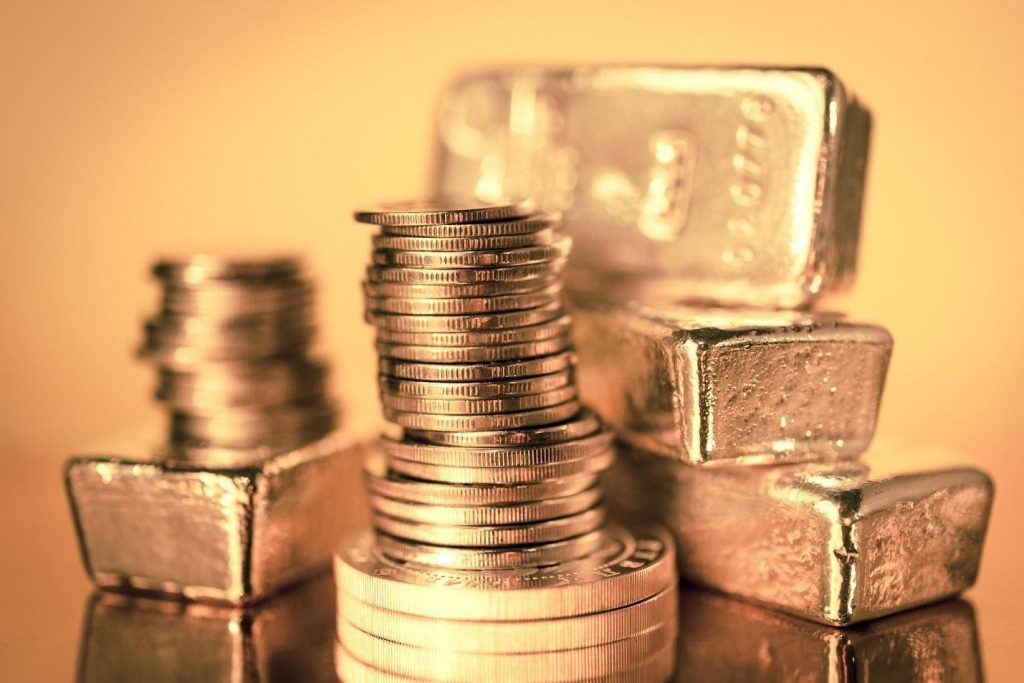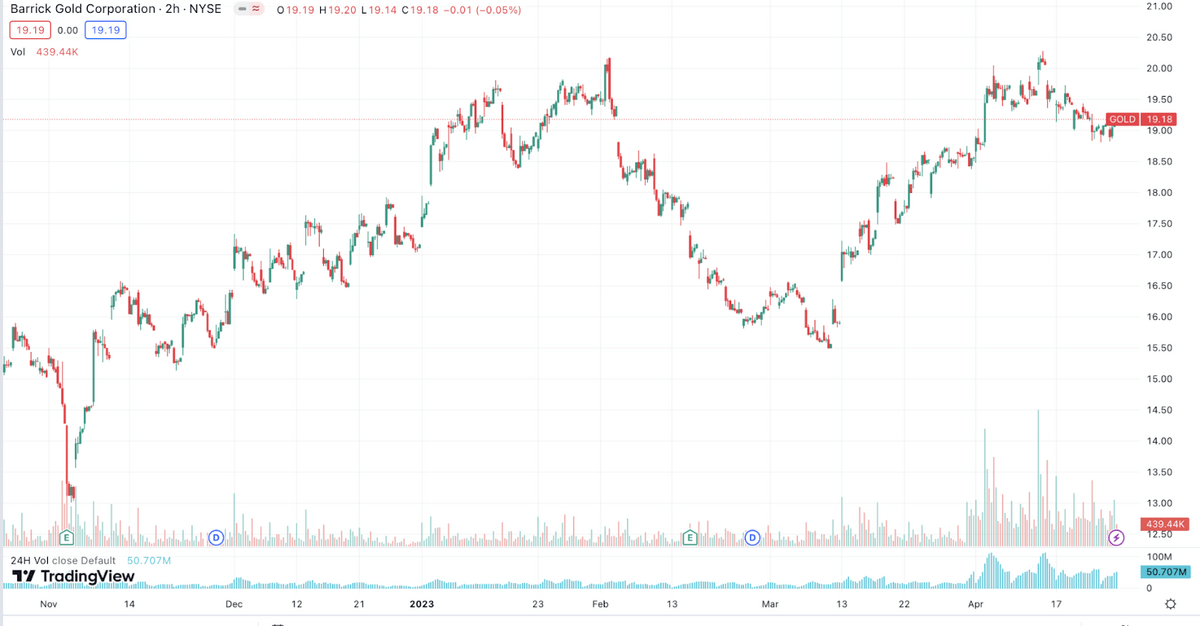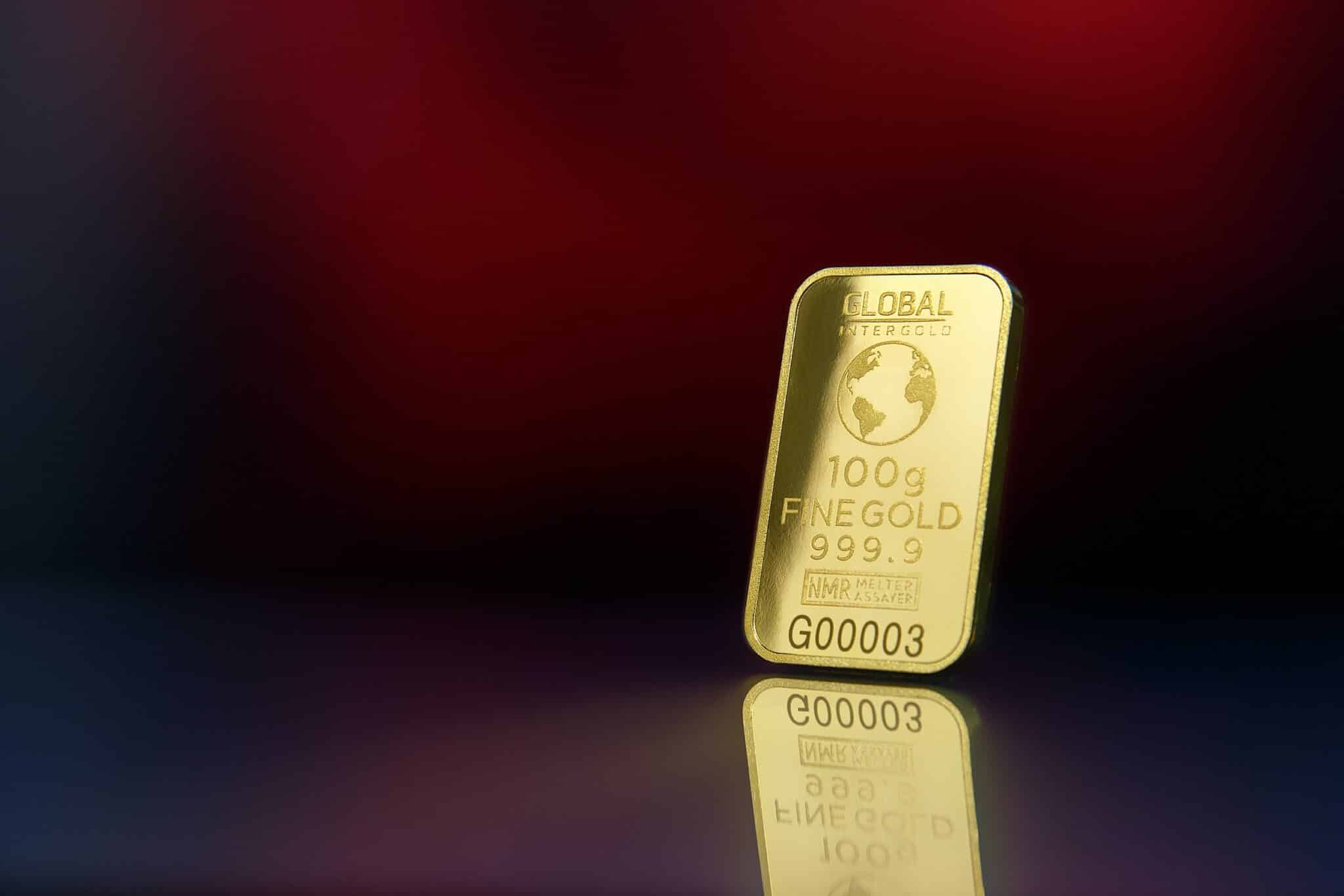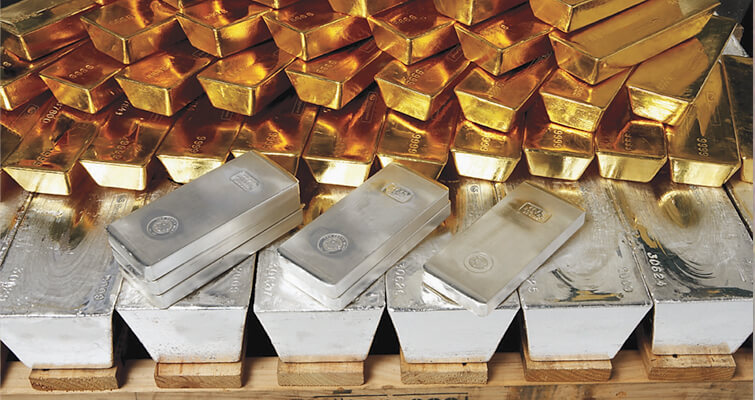One of the golden rules of investing? Diversify.
Buying and selling precious metals like gold, silver, copper, and platinum can up your diversification quotient — and help you hedge against inflation at the same time.
But how does it work, exactly? If you want to know how to buy precious metals, you’re in the right place.
In this article, I’ll guide you through exactly what you need to know about precious metals investing. You’ll learn how and where to buy, the best investment vehicles, and the best precious metals to invest in — everything you need to proceed confidently in your investing journey.
How to Buy Precious Metals in 2025
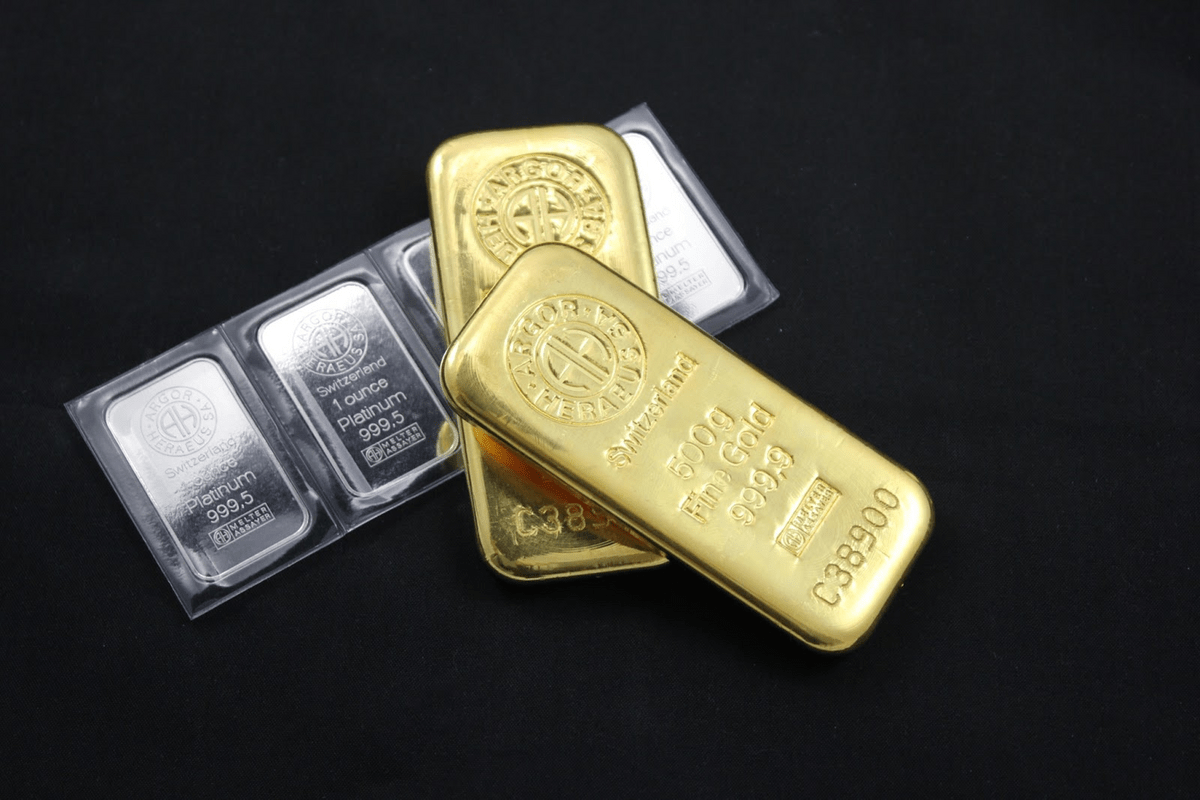
The 4 Best Ways to Invest in Precious Metals:
1. Buying Physical
Bullion is physical metal — often in the form of bars or coins — that can be purchased in varying sizes from a single gram upwards.
It can be purchased from either local reputable dealers or through online metal retailers.
- Why buy locally? Because you can see and hold the physical product before you buy, eliminating the risk of being scammed. However, you should know the spot price of the metal you’re buying so you can negotiate a good deal.
- Why buy online? These days, buying from a reputable exchange online usually is just as safe as buying it locally. Exchanges like JM Bullion and the American Precious Metals Exchange (APMEX) are considered highly reputable.
There are pros and cons to buying bullion. On the one hand, you have the ability to make your entire life savings portable and storable — awesome in case of war or extreme situations.
On the flip side, bullion can be lost or stolen, so you’ve got to worry about insurance and safe storage.
If you want to buy physical metals but don’t want to deal with the storage and maintenance, consider using one of the top gold IRA providers:
Each of the above companies makes the buying, authentication, storing, and selling of precious metals simple.
2. Trading Options and Futures
Another method of precious metals investing? Trading precious metals options and futures. To the uninitiated…
- Futures contracts are when a buyer agrees to buy a set amount of an asset (in this case, precious metals) at a set price within a set time frame.
You can essentially make a bet on whether the price of gold will rise (or fall) by saying initially that you’ll buy this amount of gold at this price on this date. If the price of the asset rises (or falls) before you’re due to pay, you can still buy the gold at the agreed-upon price versus the new higher or lower price. This can potentially make you money.
- Options are generally lower risk in that you purchase the option (but not the obligation) to buy the gold at its initial price at the due date.
The benefit of futures and option trading is that they offer liquidity and leverage to investors who want to make large bets. It can be among the more profitable forms of precious metals trading.
3. Buying ETFs
Buying exchange-traded funds that hold and track precious metals is another method of precious metals investing.
ETFs are funds composed of a network of trusts whose value generally reflects the market as a whole — opposed to stocks, which fluctuate more often.
Annually, the market tends to trend upward so ETFs are a good option for growth as well.
Precious metals ETFs include:
- abrdn (SGOL)
- GraniteShares Gold Trust (BAR)
- iShares Gold Trust (IAUM)
Note: This article does not provide investment advice. The stocks and assets listed should not be taken as recommendations. Your investments are solely your decisions.
ETFs generally hold the same amount of value as holding the physical metals themselves but they are far more liquid allowing them to be traded for cash more easily.
The downsides of ETFs are that you don’t own the physical commodity meaning you don’t have a claim on that gold in the event of a major economic collapse.
The good thing about precious metal ETFs though, is that they let you avoid the major risks of owning the physical commodity. They protect the asset and they allow you to keep the full value of your holdings.
The best brokerage for precious metals ETFs
There are a lot of great brokerages out there for trading ETFs.
Our favorite? eToro.
It combines the speed and ease of speed of modern brokers like Robinhood and Webull with the reputation, stability, and security of brokers like Fidelity and TD Ameritrade.
Plus, eToro is a social trading platform, so you can communicate, learn, and invest alongside other like-minded investors.
eToro is a multi-asset investment platform. The value of your investments may go up or down. Your capital is at risk.
4. Buying Mining Stocks
If you’re wondering how to buy precious metals in the stock market, look into mining companies.
Unlike ETFs, these investments track singular companies. While they fluctuate more, there is higher profit potential based on the company’s performance plus the value of its assets. If the price of gold goes up the mining companies make more profit — and potentially, so do you.
Some investors follow smaller, more specialized mining operations, which can be risky given the variety of external factors.
For a higher likelihood of steady returns when precious metals trading, some investors opt for bigger companies that have proven records of success. Two examples?
- Barrick Gold (NYSE: GOLD)
- Franco Nevada, (NYSE: FNV)
In the below chart, you can get a look at how Barrick has been performing this year:
The 4 Best Precious Metals to Invest in:
Now that you know the best ways to invest in precious metals, what assets should you be investing in?
Depending on your comfort with volatility, the risk you want to take on, and the returns you hope to make, there are a variety of precious metals to choose from. The four major players are outlined below.
1. Gold

Gold is an original form of currency. It’s also one of the most common for precious metal trading thanks to…
- Its numerous industrial applications
- Its ubiquity in the jewelry market
- Its durability (doesn’t rust or corrode)
- Its malleability
- Its ability to conduct both electricity as well as heat
With its value determined by the market, gold trades mostly by sentiment. Its price is less affected by supply and demand and more by the feeling of investors.
This is due, in part, to the amount of above-ground hoarded gold vastly outweighing newly mined gold. Therefore, if an investor who hoards gold decides to sell and increase supply, the price will drop. When they want to buy, the supply is bought up and prices will increase.
Gold is seen as a store of value, meaning that is often sought out when banks and money are perceived as unstable.
It can also be a hedge against inflation because it maintains its value when rates of return in the equity, bond, and real estate markets are negative.
Gold also has a history of outperforming stocks and bonds over certain stretches, and it can be easily converted to cash — hence investors’ preference for gold over other commodities.
2. Silver
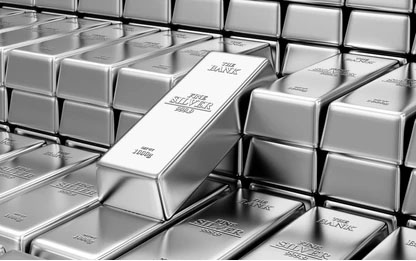
Silver also has a perceived store of value. But its price can vary due to its role in industrial applications — so unlike gold, it is more susceptible to supply/demand pressure and more volatile for the common investor.
With our modern conveniences, silver is in high demand thanks to its use in medical products, electrical appliances, and a host of other industrial items that require things like silver bearings or electrical connections. It’s also used in batteries, microcircuits, and superconductor applications.
The fluctuation in silver’s price is commensurate with these numerous industrial applications.
3. Copper

Copper is one of the most sought-after metals due to its high malleability and its high electrical conductivity:
- It’s used in myriad industrial and electrical applications like cell phones, electric cars, motors, circuit boards, and wire making it the third most consumed industrial metal in the world.
- With its huge role in electric vehicle (EV) applications, experts predict the consumption of copper to quintuple by 2030.
The price of copper is mostly dictated by market demand thanks to its abundant use in consumer and industrial applications. It’s less a store of value and more a consumer commodity.
As with any metal though, shortages in supply can lead to higher prices. Copper’s many uses and the potential for upcoming demand due to the growing EV industry make it a promising bet for growth in the next 10-20 years.
4. Platinum

Platinum is much rarer than the other major precious metals in that far less of the metal is excavated from the ground annually. This in turn often means it can fetch a higher price than gold in routine and stable markets.
Like copper, platinum is used primarily in industrial applications, mainly in automotive catalysts. It’s also used in jewelry applications, chemical refining catalysts, and computer applications.
Platinum is the most volatile of the precious metals due to the limited number of mines in operation and the geopolitical conditions in the countries where mining takes place.
A few more things to know about platinum?
- Due to its high use in the automotive industry, its price is highly reliant on the conditions in that sector, when automotive production rises, the price of platinum rises. Likewise for the inverse.
- Platinum mines are mostly concentrated in only two countries, South Africa, and Russia and as such, the risk of cartel-like action could dramatically raise prices.
Buying Physical vs “Paper” Metals
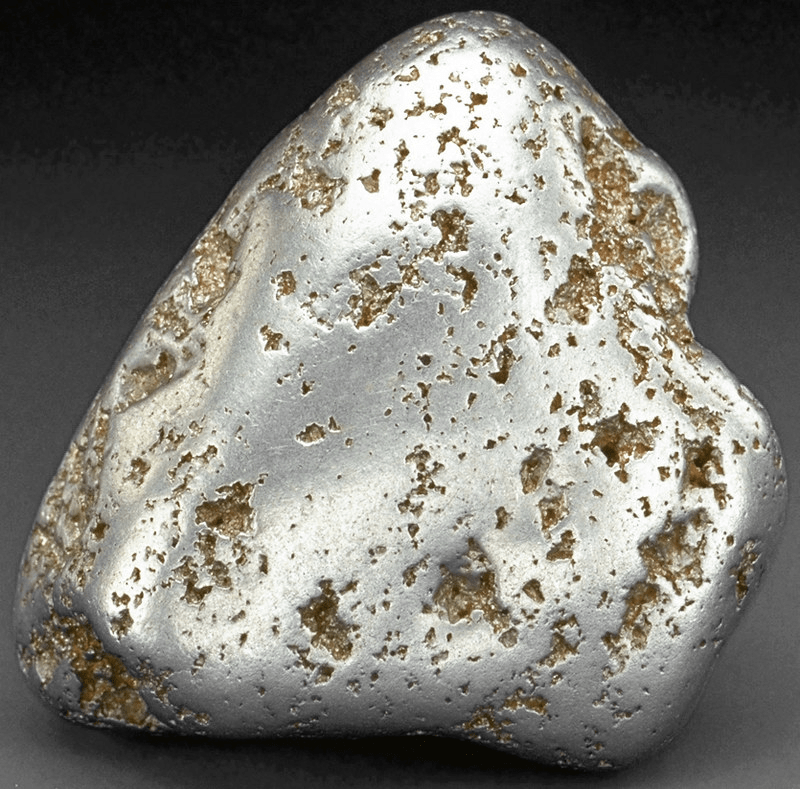
Investors have the option of buying either physical metals (the actual physical metal bullion in coins or bars) or what’s commonly referred to as paper metals which are, essentially documentation clarifying that an investor owns a given amount of their precious metal. They do not receive it as a physical object.
Each strategy has its own benefits and drawbacks and it’s important to consider these when choosing to invest.
For example, holding physical metals is often considered the only true way of owning precious metals by investors because it guarantees that the metals are restricted to the use and sale of only the owner, unlike paper metals, no third parties are allowed access to them.
Paper metals, on the other hand, are merely shares of a trust that holds these precious metals.
This means that investors have limited access to their commodities. They’re also at risk of the metals being seized in the event of an economic collapse, essentially leaving paper investors with only documentation that isn’t worth anything.
As a result, owning physical metals is considered a more stable option.
Why Investors Like Precious Metals
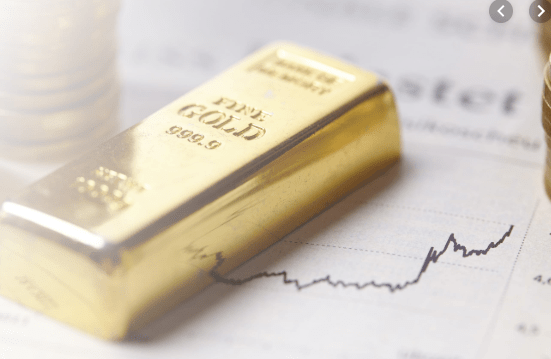
Why are investors into precious metals?
A variety of reasons, but mainly that they provide stable diversification for a portfolio.
Precious metals also don’t run the risk of losing value in the event of an economic downturn.
Their ubiquity in numerous industrial applications ensures that precious metals are always in demand and, barring price fluctuations from lower supply, precious metals are almost guaranteed to retain their value.
This makes them an attractive choice for investors to store value that they have on hand.
In addition to retaining their intrinsic value…
- There is no credit risk with precious metals
- There’s high liquidity
- Precious metals are easy to purchase
- Because of their intrinsic value, they offer a hedge against inflation
Final Word: How to Buy Precious Metals
If you’re interested in how to invest in precious metals, there are plenty of options available, from buying physical bullion to stocks, options, futures, ETFs, and beyond.
So what’s the best way to buy precious metals?
Some people like to own the physical metal and feel that it offers the best protection and lowest risk.
Personally, I prefer ETFs. Given the market’s continual growth and their hedge against the machinations of individual companies, it’s a great way to gain exposure and maintain a good balance in your portfolio.
Ultimately, it depends on you — your preferences, goals, and risk tolerance. Armed with the information from this article, there are many different roads you can take to invest in precious metals.
FAQs:
Can I buy precious metals at a bank?
In general, U.S. banks do not sell precious metals (though there may be some exceptions). You can purchase them from reputable local dealers or from online retailers like JM Bullion or APMEX.
Is buying precious metals a good investment?
It depends on your investing style. Generally, precious metals’ value is intrinsic, (though subject to supply and demand and general market conditions and fluctuations) and provides a hedge against inflation are good strategies for investing.
What precious metal is best to buy?
Given its status as the grandfather of precious metals and its ubiquity in every economic exchange, gold is generally the best option when buying and selling precious metals.
Do you pay taxes when buying precious metals?
Yes, there is a capital gains tax on physical gold and silver and it’s usually equal to an investor's marginal tax rate, up to 28 percent.
Where to Invest $1,000 Right Now?
Did you know that stocks rated as "Buy" by the Top Analysts in WallStreetZen's database beat the S&P500 by 98.4% last year?
Our July report reveals the 3 "Strong Buy" stocks that market-beating analysts predict will outperform over the next year.
